The Rossettis were an atypical family for the time in which they lived: the mid-19th century. Christina was a poet, her brother Dante Gabriel a painter and his wife Elizabeth, a painter and model. With their art and poetry they shook Victorian Britain.
However, their greatest legacy might not be in the works that left without their bohemian spirit. The Rossettis occupied a world where the avant-garde meets women’s liberation, drug addiction, political radicalism, and marsupials known as wombats.
LOOK: The Texan princess who was evicted from the fabulous mansion in Rome that is disputed with her three Italian stepsons
“The Rossettis were into everything that was weird and extreme.“, comments to BBC Culture Carol Jacobi, curator of an exhibition that takes place in London about this family. “They could not stand the conventional norms of art and literature. They were looking for alternative heroes: they were the first British avant-garde art movement.”
For some, the paintings of Dante Gabriel Rossetti (and of the Pre-Raphaelite Brotherhood, the movement he co-founded) are too meticulous and delicately self-righteous, especially when compared to contemporary French movements such as the Impressionists and Post-Impressionists, with their more daring formal experimentation. and a more frank representation of modern life.
But that misses the most important aspect of the Rossetti generation in Britain. Her main contribution was a radical new attitude for artists and creative women in that country; the bohemian life.
The word bohemian, formerly used as a derogatory term for gypsies traversing France, has since been used to define individuals of unconventional behavior and who prefer experimental fashions; those who they make mischief with the norms of society and launch into adventure and expressions of freedom.
The bohemian spirit of outlandish clothing and excessive behavior is central to modern music, design, fashion, and art. Their countercultural swagger is integral to the reckless attitude of artists like Patti Smith and Matty Healy in the ensemble. 1975the outlandish fashion of David Bowie and Lady Gaga, and the hedonism of Keith Richards and Kate Moss.
In the middle, bohemia is an attack on any perceived middle-class value. That means conventional gender roles, conservative attitudes toward love, traditional family values, dress conformity, and repression of sensual pleasure.
How did the Rossettis promote this influential lifestyle among the artists of Victorian Britain? And what do marsupials have to do with wombats in this? It all starts in a maverick family home.
The Rossettis were a first-generation family in London: her father was an Italian revolutionary and poet, and her mother an academic, also of Italian ancestry. The young Rossetti were raised in a unique environment, where progressive politics and artistic creativity were at the top of the list of their values.
Christina Rossetti (1830-1894) was the first to venture. Her poetry was first published when she was just 16 years old. Probably the best known poem of hers is “The Goblin Market” (written in 1859), a startling allegory of sexuality corrupted by a materialistic world.
These themes would later be reflected in the paintings of Gabriel and Elizabeth. Christina was very radical, leading a very unconventional life for a woman of the time. She established a very successful and well-paying career without the bourgeois dependency on a husband as financial watchdog.
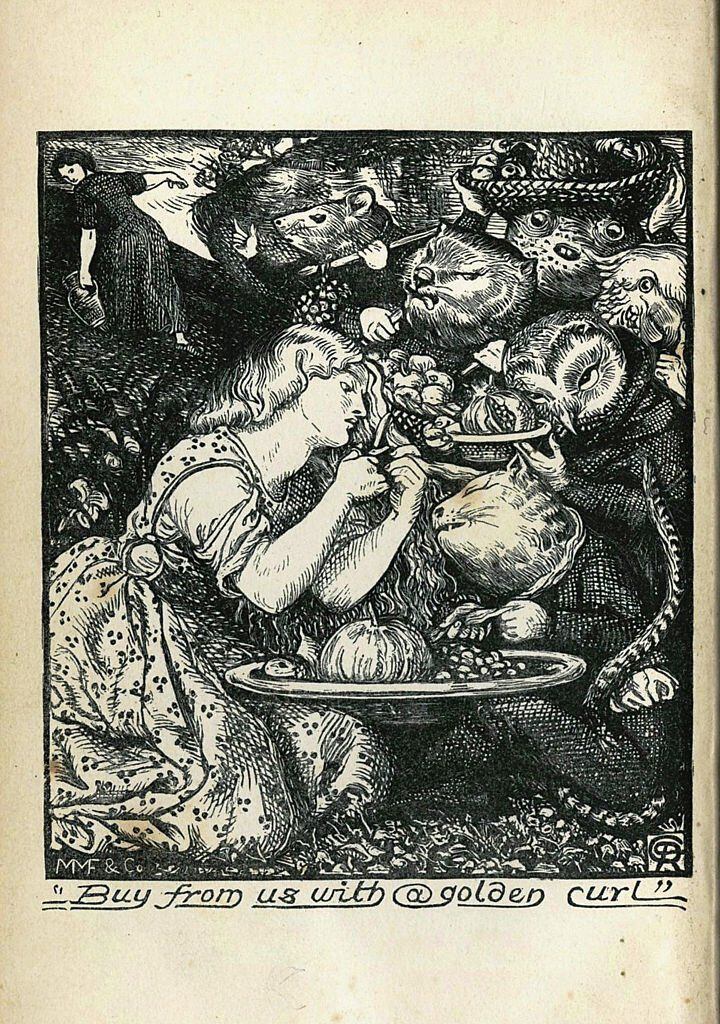
“Rock and Roll Excesses”
If you are still wondering about the wombatsthey are relevant to Christina’s brother, Dante Gabriel Rossetti (1828-1882), who was equally precocious, co-founder of a revolutionary new movement in art, the Pre-Raphaelite Brotherhood (PRB), at age 20.
The PRB was dedicated to rebelling against the authority of the Royal Academy of Arts in Great Britain. He believed in an art that offered truth based on perceptual accuracy and moral courage which, according to Gabriel, was in short supply in the academic art favored by the middle classes.
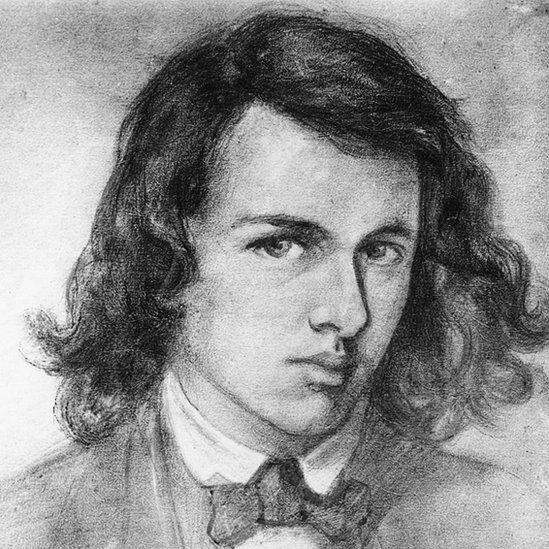
He led his contemporary artists with charisma, inspiration, and a revolutionary vision that could be tantalizingly bizarre and often bordering on outrageous.
“Gabriel dropped out of art school; it doesn’t get more bohemian than that,” explains Carol Jacobi. “He would dress in evening wear during the day, and he was the first of them to come out dressed in black to look cool.”
In his attitude toward love, Gabriel probably felt like a limit-defying rake. But in their relationships too he was inconsiderate of everyone else’s emotions except his own.
During a long-term relationship with Elizabeth Siddal (which lasted 10 years before he proposed), Gabriel had an affair with Fanny Cornforth, a popular Pre-Raphaelite model. He later had a relationship with Jane Morris, the wife of his friend William Morris.

After Siddal’s death in 1862, Gabriel moved into a house on Cheyne Walk in the exclusive Chelsea area of London. There he became a host to his rock ‘n’ roll excesses, especially with his obsession with exotic pets.
The wombats they were a particular fixation, but he also had an armadillo, peacocks, kangaroos, a mole, and a Pomeranian dog named Punch. He trained his toucan to ride around the house on the back of a llama.
These animals frequently ran amok through the house or escaped causing panic among respectable neighbors. According to the American painter James McNeill Whistler, one night Gabriel asked for his wombat to the table along with coffee and cigars, so that the animal could enjoy the readings of another guest, the scandalous poet Algernon Charles Swinburne.

triumph and tragedy
These stories highlight key aspects of the bohemian personality – a disdain for bourgeois norms, a penchant for self-mystification and, perhaps most influential, the idea that art did not have to be locked away in a gallery or museum.
For Gabriel, life itself became an art form. Gabriel’s excesses hit a new low in 1869, when he exhumed Siddal’s body from its grave in Highgate Cemetery (north London) to remove a manuscript of poems he had placed under her hair..
The pages had to be sanitized for two weeks before Gabriel could transcribe them for publication. Like Siddal, Gabriel would die relatively young in 1882, addicted to alcohol and chloral hydrate, a prescription sedative.
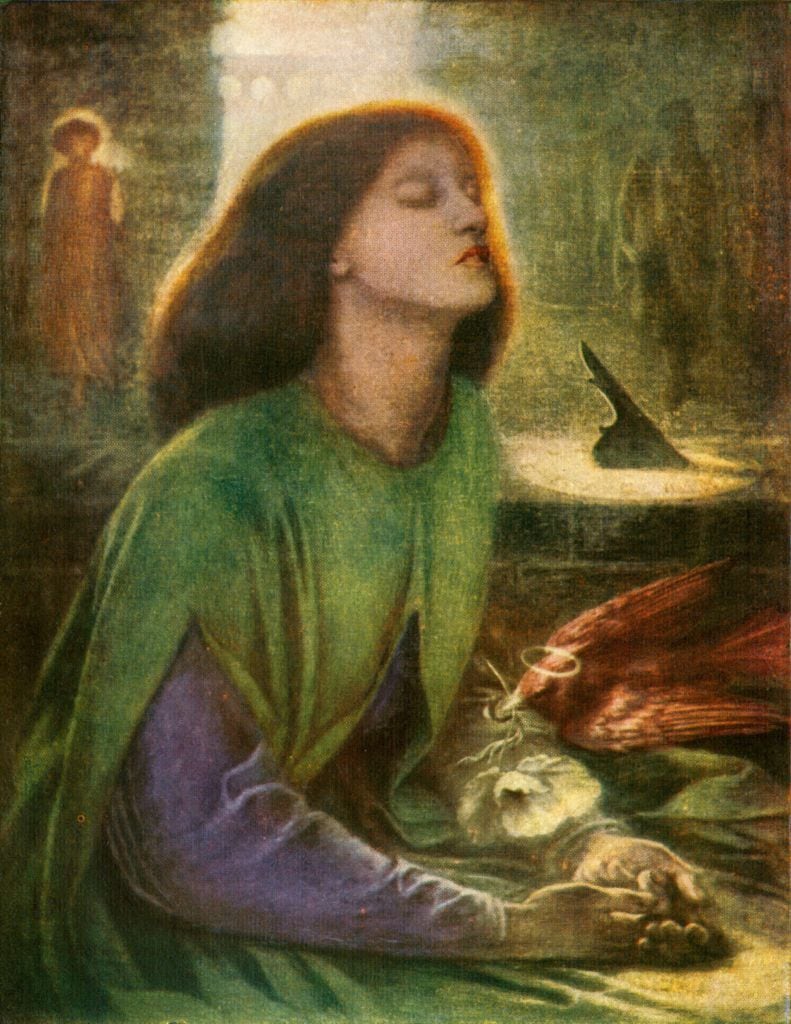
Elizabeth Siddal (1829-1862), lover and later wife of Gabriel, was a 19th century pioneer woman, who conceived and crafted his own hipster fashion, and established his independence as an artist. “She completely defined women’s clothing,” says Jacobi. “She just couldn’t stand crinolines or corsets or anything like that, so she redesigned everyday outfits. She would go out in tailored clothing with her hair down. That freedom in fashion was very inspiring. She became the looks. If you wanted to project yourself as a progressive young woman, this is how you should dress.”
Siddal was a working-class woman, employed in a hat store before befriending the Pre-Raphaelite artists in 1849. She first served them as a model for their paintings, and later became an artist in her own right.
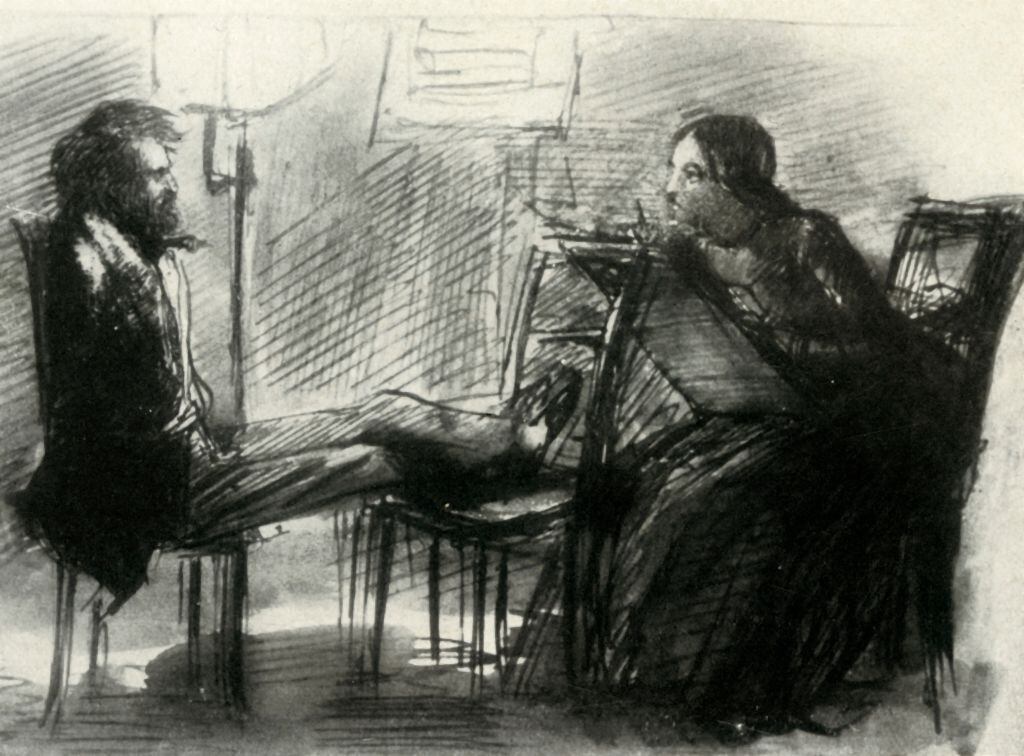
Gabriel and Elizabeth collaborated and influenced each other. Their love affair – and subsequent marriage – was tempestuous and troubled and has been mythologized as a result. But there are aspects of his bohemian personality that stand out in his story.
“He definitely didn’t lead his life by the book,” says Jacobi. “She was by Rossetti’s side for years before they were married, and it has recently been proposed that she was not waiting for Gabriel to marry her, but was deliberately maintaining her independence.”
Siddal was essentially self-taught, challenging social categories and wearing the liberation badge with pride.. These features were innovative in Victorian London, but became the very definition of bohemian life in the following century and beyond. Tragically, like Gabriel, Elizabeth fell victim to addiction: she died of an overdose of laudanum, an opioid used as a pain reliever in the 19th century.
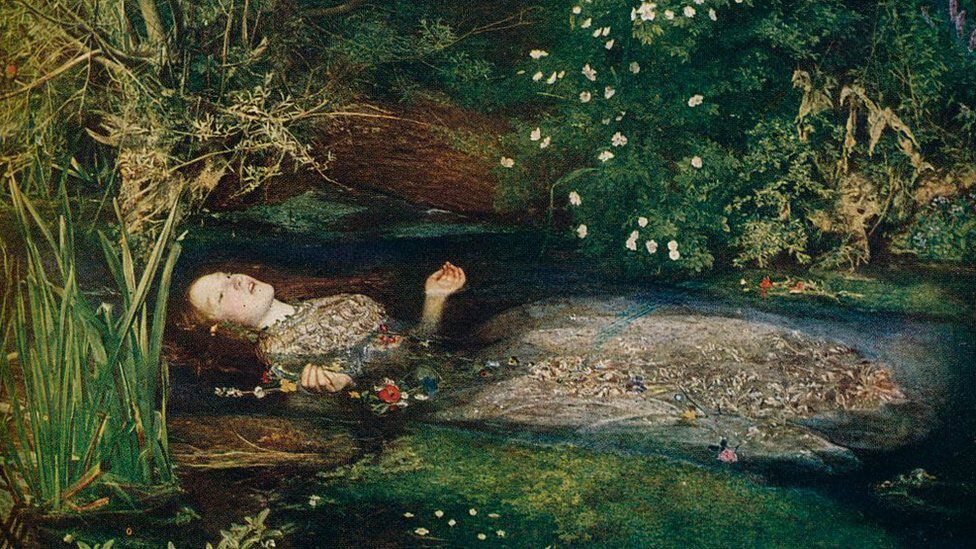
The Rossetti story contains both triumph and tragedy. But his greatest gift to art history (a legacy in the story of three distinctive lives) was inventing Britain’s first artistic subculture, lived in direct conflict with Victorian standards.
Christina broke down gender stereotypes about female creativity, love and family life; Gabriel disdained bourgeois norms of all kinds and made life an artistic event; and Siddal established a singular creative and sartorial independence. Instead of living in a style dictated by society, they chose their own path and established themselves as the original artistic bohemians.
*This article was originally published on BBC Culture, whose English version you can read here.
Source: Elcomercio
I am Jack Morton and I work in 24 News Recorder. I mostly cover world news and I have also authored 24 news recorder. I find this work highly interesting and it allows me to keep up with current events happening around the world.

:quality(75)/cloudfront-us-east-1.images.arcpublishing.com/elcomercio/ZPSCC7BEEJD7ZKOBF5A6DM4BEY.jpg)

:quality(75)/cloudfront-us-east-1.images.arcpublishing.com/elcomercio/CKNLXP76ZFFM7ICKRQXZDBGZFU.jpg)
:quality(75)/cloudfront-us-east-1.images.arcpublishing.com/elcomercio/UTATVYEAHFET7G55JE2CMITQMQ.jpg)

:quality(75)/cloudfront-us-east-1.images.arcpublishing.com/elcomercio/AXY7AO4FUFHZRCP6GHMEW2OESI.jpg)
